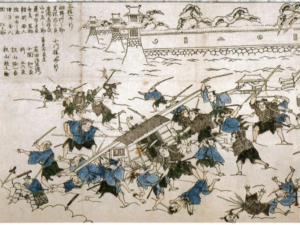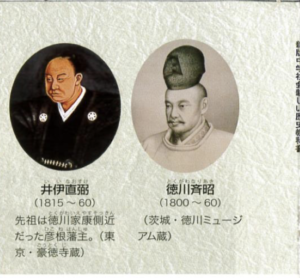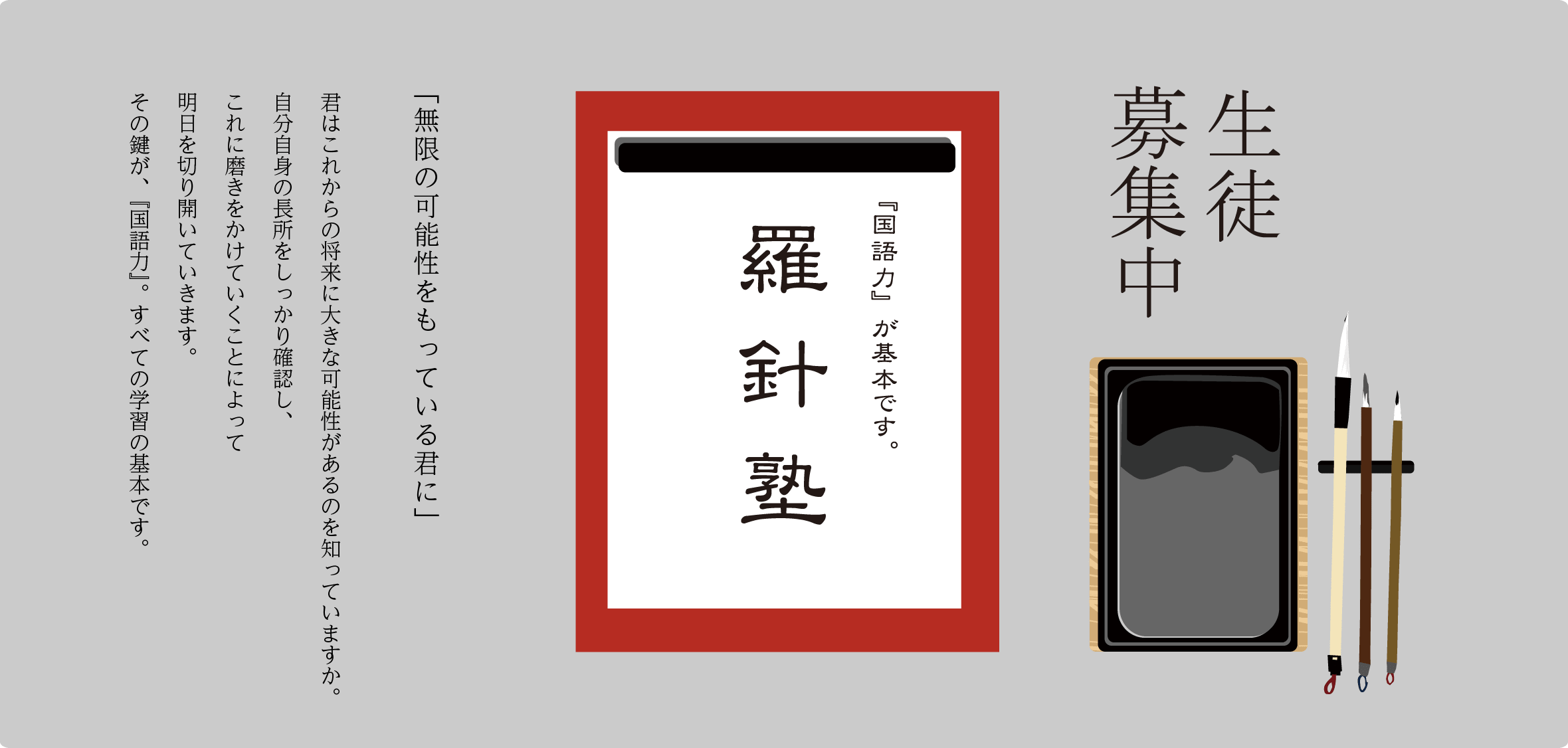長崎市五島町にある羅針塾 学習塾・幼児教室 https://rashinjyuku.com/wp では、鉢植えの花々も明るく色付き、櫻の満開に合わせているかのようです。
さて、英語と歴史を同時に学ぶ」シリーズです。第4章 近代の日本と世界(1) 幕末から明治時代 第1節 欧米諸国のアジア進出 の続きになります。http://www.sdh-fact.com/CL02_2/Chapter%204%20Section%201,%202.pdf
Topic 50 – The rise of the sonno joi movement
How did the sonno joi movement arise during the waning years of the Edo shogunate?The conclusion of the Treaty of Amity and Commerce
In 1858 (Ansei 5), the shogunate went ahead and concluded the Treaty of Amity and Commerce with the United States, despite the Imperial Court’s pointed refusal to sign on. Consequently, five ports, Hakodate, Kanagawa, Niigata, Hyogo (now Kobe), and Nagasaki, were opened to American trade.Soon after, Japan signed similar treaties with other foreign countries.1 However, these were unequal treaties, in that Japan forfeited tariff autonomy, meaning its right to set its own import duties, and guaranteed extraterritoriality to foreign nations, meaning their exclusive right to try their own citizens in consular courts for any crimes they committed on Japanese soil.
*1=In accordance with the treaties, trade in Japan was carried out with gold and silver coins used by foreign countries. However, the exchange rate in Japan was one gold coin to five silver coins, whereas in foreign countries it was one to fifteen. Because of this large disparity, Japan’s gold was flowing abroad and being rapidly depleted at home, which put significant strain on the economy.
50 尊王攘夷運動の展開
幕末の尊王攘夷運動は、どの様な経過をたどっていったのだろうか。
日米修好通商条約の締結
幕府は、朝廷の許可を得られないまま、1858(安政5)年、日米修好通商条約を結び、箱館(函館)、神奈川、新潟、兵庫(神戸)、長崎の5港を開いた。
その後、日本は諸外国と同様の条約(*1)を結んだが、これらの条約は、日本における外国人の犯罪を日本側で裁くことができず(領事裁判権)、日本に輸入関税率を自由に決定する権利(関税自主権)のない、不平等条約だった。
*1 この条約により、外国の金貨銀貨が通用するようになった。ところが、金銀の交換比率が日本でおよそ1対5、外国で1対15と、約3倍の差があったため、金貨が大量に海外に流出し、国内経済を混乱させる原因となった。
The sonno joi movement
The conclusion of the Treaty of Amity and Commerce elicited a storm of criticism from those who felt that the shogunate had ignored the will of the Imperial Court and surrendered to foreign pressure. This discontent gave rise to a new political movement, insisting that Japan preserve its independence. The slogan adopted by its supporters was sonno joi, which means “revere the emperor and expel the barbarians”. Between 1858 and 1859, Great Elder Ii Naosuke, a proponent of the shogunate’s decision to sign the treaty, launched a far-reaching crackdown on all the court nobles, daimyo, and patriotic samurai who had criticized the diplomatic policies of the shogunate and were sympathetic to the sonno joi movement. Tokugawa Nariaki, the former daimyo of Mito Domain, was placed under permanent house arrest, and Yoshida Shoin of Choshu Domain (modern-day Yamaguchi Prefecture) and Hashimoto Sanai of Echizen-Fukui Domain were both beheaded. This is referred to as the Ansei Purge.
In 1860 (Manen 1), as Ii Naosuke was passing near Sakurada Gate on his way to Edo Castle, he was ambushed and killed by masterless samurai, many from Mito Domain, who wanted revenge
for the Ansei Purge. The assassination of Ii Naosuke, known as the Sakurada Gate Incident, was a major blow to the shogunate, which had lost its strongest leader in a single stroke.
The Choshu Domain, whose territory had been reduced by the shogunate hundreds of years earlier following its defeat at the Battle of Sekigahara, became the focal point of opposition to the shogunate’s policies. Yoshida Shoin had left a profound impact through his passionate advocacy of sonno joi at Shokason-juku, a private academy in Choshu. After Yoshida’s execution during the Ansei Purge, his former students, such as Takasugi Shinsaku and Kido Takayoshi, became powerful figures in Choshu politics. At their direction, Choshu joined forces with certain court nobles and gradually convinced the Imperial Court to take a hard-line stance in favor of expelling the barbarians.
Excerpts from the Treaty of Amity and Commerce
“Article 4 – Duties shall be paid to the Government of Japan on all goods landed in the country, and on all articles of Japanese production that are exported as cargo, according to the tariff hereunto appended.”
“Article 6 – Americans committing offenses against Japanese shall be tried in American Consular courts, and, when guilty, shall be punished according to American law.”

桜田門外の変(江戸東京博物館蔵)
尊皇攘夷運動
幕府が朝廷の意向を無視して通商条約に調印したことに対し、外国に屈服したとの批判が沸き起こった。その批判は朝廷を盛り立てる尊王と、外国を打ち払う上位の要求が結びついて日本の独立を守ろうとする尊皇攘夷運動に発展していった。条約の締結を推進した幕府の大老・井伊直弼は、1858年から翌年にかけて幕府の外交方針を批判して尊皇攘夷を唱える公家、大名、志士たちを大量に処罰した。前水戸藩主の徳川斉昭は永蟄居を命ぜられ、長州藩(山口県)の吉田松陰や越前福井藩の橋本左内は斬刑に処された。これを安政の大獄という。
1860(万延元)年、井伊直弼は江戸城に出勤する途上、桜田門の近くで、安政の大獄に憤った水戸藩などの浪士達に暗殺された(桜田門外の変)。最高責任者が暗殺されたことにより、幕府の権威は一挙に失われた。
買って関が原の戦いに敗れて領地を縮小されていた長州藩は、幕府批判勢力の中心だった。吉田松陰は、松下村塾という私塾で、弟子達に尊皇攘夷を説いて大きな感化を及ぼしていた。松陰が安政の大獄で処刑されると、その弟子であった高杉晋作や木戸孝允らが班を動かすようになり、長州藩は一部の公家と結んで、朝廷を強硬な攘夷論へと導いていった。
日米修好通商条約
第4条 すべて日本に輸入・輸出する商品は別に定める通り、日本政府へ関税を収めること。
第6条 日本人に対して法を犯したアメリカ人は、アメリカ領事裁判所で取り調べの上。アメリカの法律によって罰すること。(一部要約)

・・・外交交渉における米国の圧力と、国内の尊王攘夷運動との板挟みになった江戸幕府。現在からみれば、結果が分かっているので、何故と思うことでも、当時の幕府の要路に居た老中などの政治家の苦悩は計り知れません。現在の政治家と比較するのも烏滸がましいですが、幕府を支える武士には人格・識見共に素晴らしい人物が多く存在していました。








